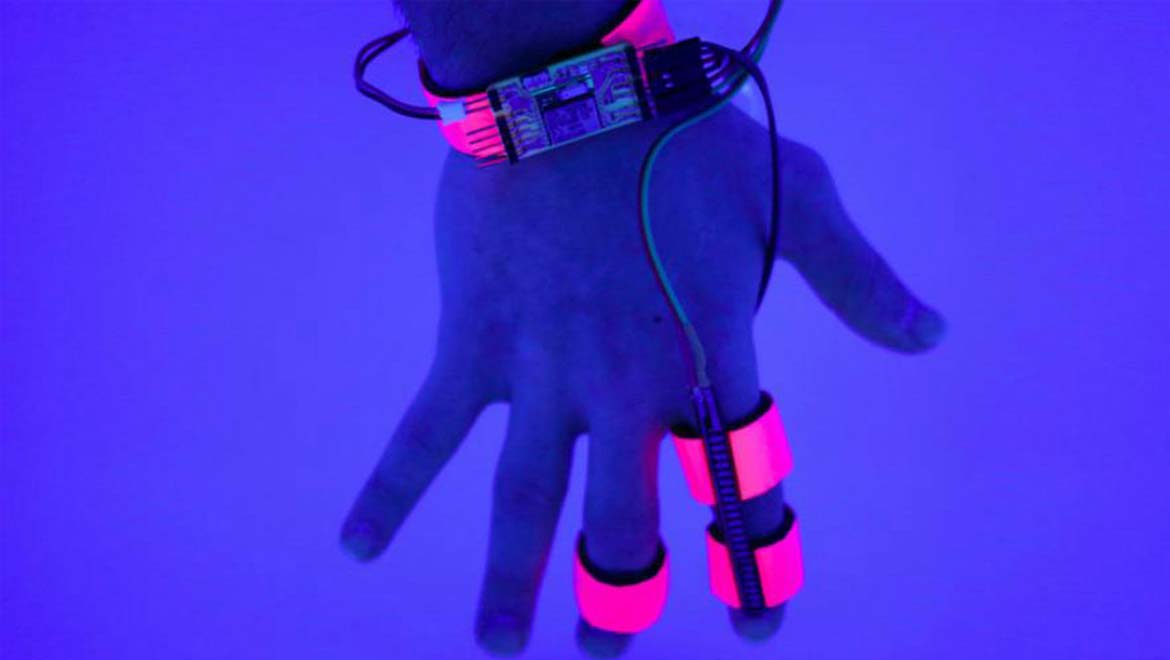“All our dreams can come true if we have the courage to pursue them.” - Walt Disney
Humans sleep for almost one-third of their lives but until today, have not been able to comprehend or even remember most of their dreams after they have awoken.
Neuroscientist and Nobel prizewinner, Eric Kandel, stated that human creativity is a result of the conscious accessibility to forces in an unconscious state. Now, if only there was a way to retrieve those dreams and make something of it, right?
Scientists at MIT have ventured into an area of science, where there has been, in the past, more theoretical research than its practical applications.
The researchers created a machine called Dormio, that is claiming to allow sleepers to shape and control their dreams during a state of hypnagogia (a transitional period from wakefulness to sleep). This concept reportedly boosts creativity levels too.
The findings were presented at the Computer-Human Interface conference held in Montreal, Canada, in April 2018.
What is Hypnagogia?
Hypnogogia has been defined by the makers of the product as, “Phenomenological unpredictability, distorted perception of space and time, loss of sense of self, and spontaneous, fluid idea association.”
Also called hypnogogic hallucinations, the state can be understood as the time between wakefulness and sleep or the “twilight zone" of the sleep cycle. One researcher referred to it as a “natural fragmentation of consciousness” — where one is neither fully conscious nor fully unconscious.
Although the scientific basis for this concept is still somewhat unclear, experts say that individuals have definitely felt the effects of hypnagogia before. Some of these feelings are in the form of hallucinations, micro-dreams close to reality and meaningful conversations that won’t be remembered.
American inventor, Thomas Edison, was a dreamer and a believer that the hypnagogic state was indeed an insightful one. Legend has it that he used to fall asleep holding steel balls in his hands. As he entered the transitional period, the ball would drop and he would wake himself up. Nicola Tesla and Edgar Allen Poe also conducted experiments of a similar nature.
Micro-dreams, i.e., the ones experienced during hypnagogia, are different from the dreams that occur in the REM (rapid eye movement) stage of sleep. In the latter, the participant is active in contrast to the former. But this does not inhibit sleepers in hypnagogia or the semi-lucid state from being able to control and influence their dreams.
Thus, Dormio was born!
Dormio, The Dream Machine
The researchers, led by MIT student, Adam Horowitz, created the device in such as way that it could extract information from users in the state of hypnagogia.
This is currently the second version of Dormio. The other iteration had challenges such as the high cost of the device, complicated signals and the inaccurate nature of the palm sensors.
To address these issues, the newest edition has been designed with flexion sensors that can better detect muscle tension. This feature can signal when the person falls asleep. A few other changes have also been made to the device in terms of precision in detecting sleep.
The MIT team conducted an experiment to test the innovation. Volunteers were fitted with the high-tech, hand-worn system with sensitive sensors that were able to track different parameters such as muscle tone, heartbeat rate, and skin conductance.
When participants entered a state of hypnagogia, as seen from the biosensors, they were slightly prodded to awaken. Following this, a programmed audio message was played, via a smartphone app (original model used the Jibo robot), which was done to influence and change the content of dreams.
MIT scientists have recreated the machine which can extract dreams during the hypnagogic state. (Source: MIT Media Lab)
Results of the trial showed that the individuals remembered the message played by the app and it also reciprocated to corresponding images in their dreams.
The same volunteers were then subject to a test called “Alternative Uses Task,” which essentially measured creative levels. The participants who used Dormio showed greater creativity than the control.
The same group of researchers has initiated the idea of developing a third version of Dormio that will probably have the capacity to track sleep states and eye movement of sleepers. Also, they intend to make the machine inexpensive and non-invasive.
Although all aspects of the study have not yet been perfected, this innovative machine is definitely a promising step towards deciphering and influencing our dreams for the right reasons.
Top Image: Device ‘Dormio’ that controls dreams when person is in a state of hypnogogia.(Source: Gigazine)
References
Researchers At MIT Have Developed A Device That Lets Sleepers Control Their Dreams While In A Hypnagogic State, 2018, Inquisitr, https://www.inquisitr.com/4879614/researchers-at-mit-have-developed-a-device-that-lets-sleepers-control-their-dreams-while-in-a-hypnagogic-state/, (accessed May 1, 2018)
MIT Researchers Have Developed a ‘System for Dream Control’, 2018, Motherboard, https://motherboard.vice.com/en_us/article/ywxjvg/steel-ball-control-dreams-dormio-mit-hypnagogia, (accessed May 1, 2018)
Dormio: Interfacing with Dreams to Augment Human Creativity, 2018, MIT Media Lab, https://www.media.mit.edu/projects/sleep-creativity/overview/#faq-in-laymans-terms-how-does-dormio-work, (accessed 8 May 2018)
Scientists At MIT Have Created A Machine That Can Literally Shape The Content Of Your Dreams, 2018, IFL Science, http://www.iflscience.com/technology/there-is-a-machine-that-can-literally-shape-the-content-of-your-dreams/, (accessed 8 May 2018)
New MIT ‘Dormio’ Device Controls Your Dreams to Boost Creativity, 2018, Extreme Tech, https://www.extremetech.com/extreme/268154-mit-dormio-device-controls-your-dreams-to-boost-creativity, (accessed 8 May 2018)







No comment